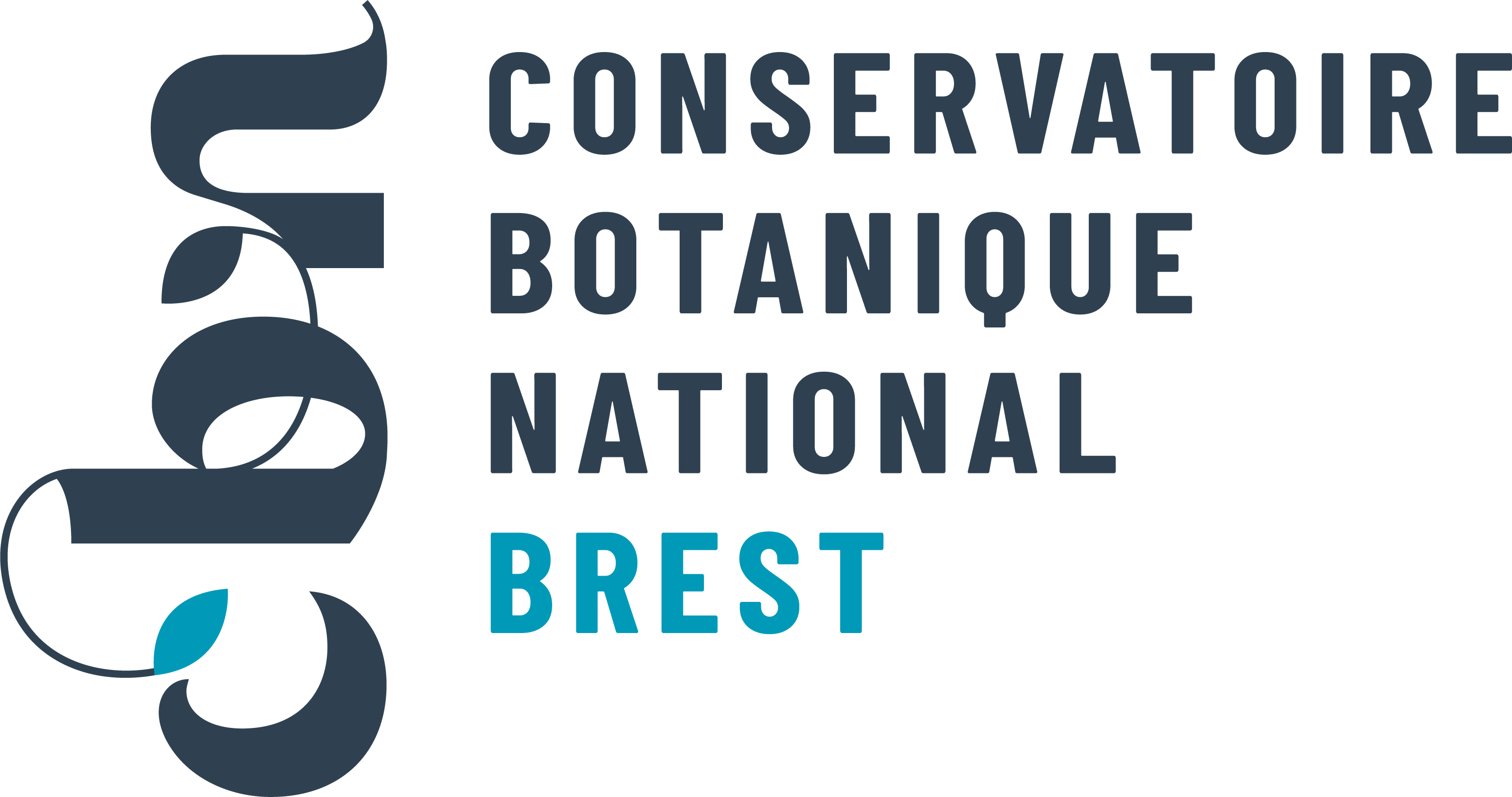Noyer royal
Juglans regia L., 1753
- 360 observations
-
150
communes -
21
observateurs
13
organismes -
Première observation
1922 -
Dernière observation
2025
Alençon - Almenêches - Appenai-sous-Bellême - Argentan - Athis-Val de Rouvre - Aube - Aubry-le-Panthou - Aubusson - Aunay-les-Bois - Avrilly - Bazoches-sur-Hoëne - Belforêt-en-Perche - Bellême - Bellou-le-Trichard - Berd'huis - Boëcé - Boischampré - Boitron - Bonnefoi - Bretoncelles - Bursard - Caligny - Camembert - Carrouges - Ceaucé - Cerisé - Cerisy-Belle-Étoile - Ceton - Chemilli - Cisai-Saint-Aubin - Colombiers - Comblot - Condé-sur-Sarthe - Corbon - Coulimer - Coulonces - Coulonges-sur-Sarthe - Courgeon - Courgeoût - Cour-Maugis sur Huisne - Courtomer - Crouttes - Domfront en Poiraie - Dompierre - Écorcei - Essay - Ferrières-la-Verrerie - Flers - Fleuré - Fontaine-les-Bassets - Fresnay-le-Samson - Godisson - Gouffern en Auge - Habloville - Hauterive - Igé - Juvigny Val d'Andaine - La Chapelle-Montligeon - La Chapelle-près-Sées - La Ferrière-Bochard - La Ferté-en-Ouche - La Ferté Macé - La Fresnaie-Fayel - La Gonfrière - Laleu - Le Bouillon - Le Cercueil - Le Mage - Le Ménil-Bérard - Le Ménil-Guyon - Le Pin-la-Garenne - Le Renouard - Les Yveteaux - L'Hôme-Chamondot - Loisail - Longny les Villages - Lonrai - L'Orée-d'Écouves - Mahéru - Mantilly - Marchemaisons - Mardilly - Médavy - Merri - Montgaudry - Mont-Ormel - Monts-sur-Orne - Mortagne-au-Perche - Mortrée - Moulins-la-Marche - Moutiers-au-Perche - Neauphe-sur-Dive - Neuilly-le-Bisson - Neuville-sur-Touques - Orgères - Passais Villages - Perche en Nocé - Pervenchères - Planches - Pouvrai - Putanges-le-Lac - Rânes - Rémalard en Perche - Réveillon - Ri - Rives d'Andaine - Roiville - Sablons sur Huisne - Saint-Aubin-d'Appenai - Saint-Aubin-de-Bonneval - Saint-Aubin-de-Courteraie - Saint-Bômer-les-Forges - Saint-Céneri-le-Gérei - Saint-Cyr-la-Rosière - Saint-Denis-sur-Sarthon - Sainte-Céronne-lès-Mortagne - Sainte-Honorine-la-Guillaume - Sainte-Scolasse-sur-Sarthe - Saint-Fulgent-des-Ormes - Saint-Germain-de-Clairefeuille - Saint-Germain-des-Grois - Saint-Gervais-du-Perron - Saint-Hilaire-le-Châtel - Saint-Hilaire-sur-Erre - Saint-Julien-sur-Sarthe - Saint-Lambert-sur-Dive - Saint-Langis-lès-Mortagne - Saint-Mard-de-Réno - Saint-Martin-l'Aiguillon - Saint-Nicolas-des-Bois - Saint-Ouen-de-Sécherouvre - Saint-Ouen-sur-Iton - Saint-Pierre-la-Bruyère - Saint-Roch-sur-Égrenne - Saint-Sulpice-sur-Risle - Saint-Symphorien-des-Bruyères - Sarceaux - Sées - Soligny-la-Trappe - Suré - Tessé-Froulay - Tinchebray-Bocage - Torchamp - Tourouvre au Perche - Val-au-Perche - Valframbert - Verrières - Vieux-Pont - Villiers-sous-Mortagne - Vimoutiers
-
Association Faune & Flore de l'Orne (AFFO)
Participation à 186 Observations
Part d'aide à la prospection : 51.67 %
Fiche organisme
-
PNR et géoparc mondial UNESCO Normandie-Maine
Participation à 134 Observations
Part d'aide à la prospection : 37.22 %
Fiche organisme
-
Conservatoire Botanique National de Brest (CBNB)
Participation à 120 Observations
Part d'aide à la prospection : 33.33 %
Fiche organisme
-
UMS PatriNat (OFB-CNRS-MNHN)
Participation à 101 Observations
Part d'aide à la prospection : 28.06 %
Fiche organisme
-
Muséum national d'Histoire naturelle (MNHN)
Participation à 38 Observations
Part d'aide à la prospection : 10.56 %
Fiche organisme
-
Base pour l'inventaire des observations subaquatiques (BioObs)
Participation à 36 Observations
Part d'aide à la prospection : 10.00 %
Fiche organisme
-
Institut national de l'information géographique et forestière (IGN)
Participation à 5 Observations
Part d'aide à la prospection : 1.39 %
Fiche organisme
-
Conseil départemental de l'Orne (bureau ENS)
Participation à 2 Observations
Part d'aide à la prospection : 0.56 %
Fiche organisme
-
Système mondial d’information sur la biodiversité (GBIF)
Participation à 2 Observations
Part d'aide à la prospection : 0.56 %
Fiche organisme
-
Habitants-bénévoles
Participation à 1 Observation
Part d'aide à la prospection : 0.28 %
Fiche organisme
-
Institut floristique franco-belge (IFFB)
Participation à 1 Observation
Part d'aide à la prospection : 0.28 %
Fiche organisme
Informations espèce
Source : Biodiv'Écrins, Parc national des Écrins
G1.381 : Helleno-Balkanic riparian plane forests
G1.7C9 : Western Asian wild fruit tree steppe woods
G1.A4622 : Moesian horse-chestnut ravine forests
Répartition actuelle en France métropolitaine
© INPN - Avertissement : les données visualisables reflètent l'état d'avancement des connaissances et/ou la disponibilité des données existantes au niveau national : elles ne peuvent en aucun cas être considérées comme exhaustives.
Répartition actuelle dans le monde
Avertissement : les données visualisables reflètent l'état d'avancement des connaissances et/ou la disponibilité des données existantes au niveau mondial : elles ne peuvent en aucun cas être considérées comme exhaustives.












